Soil Testing: Value of Base Saturation
When you or your agronomist sends soil samples to a laboratory, they measure all the bases—include K, Ca, Mg and Na. And not only do they report the extractable levels they also calculate the base saturation (B.S.,) which compares the amounts of each to the others as a percent. The only base missing is hydrogen (H), which if included would total near 100 percent. There are a few competing philosophies concerning soil chemistry and interpreting soil test values. These include the buildup and maintenance philosophy, the sufficiency philosophy and the base saturation philosophy. Over the years, an almost fanatical [...]
Soil Testing Frequency
The first article in my soil testing series, “How often should I test my soil?”, gave a brief history of soil testing and how it has been adapted over time. At the end of that article, I suggested that appropriate soil testing frequency depends on how precisely you wish to manage fertility inputs and eliminate guessing. When deciding how tightly to manage your soil, consider the following. How much are you guessing? A farmer who begins a career in their early 20s could be farming for 40 years. Adhering to the minimum standard of testing soil once every four [...]
Webinar: Soil Health, Soil Respiration and Nutrient Cycling
Will Brinton, Ph.D., explains the importance of various soil tests and how they relate to each other for overall soil health and productivity. He also discusses nutrient cycling and its role in soil health. Soil Health Cooperation of plants + organisms No single test for soil health different lab tests may reveal similar ranking Tools Selected Based on Function soil food-carbon primary and secondary decomposers nutrient + OM transport structure & infiltration respirator CO2-O2 Influx- Efflux Soil Health Testing Issues Practice of farming are analyses relevant at magnitude of farming practices can results be interpreted into management decisions Practice [...]
Reading a Soil Test Report
Reading a soil test report is a good skill to have, even if someone else is writing recommendations. When a soil sample is submitted to a commercial laboratory they usually analyze pH (water and buffer), organic matter, phosphorus, potassium, calcium and magnesium. And, if requested, they will run sulfur, nitrate and micronutrients including boron, copper, iron, manganese and zinc. Water pH: This is a measurement of pH in the soil solution. A pH of 7 is neutral. As the pH drops, soil becomes more acidic, whereas if it goes up it becomes more alkaline. When pH drops below 6 [...]
How Often Should I Test My Soil?
What is your approach to soil sampling? How often you should sample? Many times, through the years, I have explained the history of soil testing in agriculture and its evolution as an approved farming practice. I usually begin by asking the question, “When did soil testing as we know it today, first begin?” Followed by, “In the beginning, what did farmers generally test for?” And finally, “What do we typically test for today?” History of Soil Testing Well, let’s start out with a bit of a history lesson. Soil testing can be traced back to early 1920s and, to [...]
Webinar: Why Soil Sampling Is Important For High Yielding Soybeans
Terry Wyciskalla, with Wyciskalla Consulting, LLC, describes how to collect a soil sample, identify spatial patterns to follow, the range of tests to consider, and interpret soil testing results. Key Takeaways: Objectives of soil testing Estimate the nutrient status of the soil Make appropriate recommendations for fertilizer and lime applications by identifying variability in nutrient status of the sampled area Predict the likelihood of crop response to applying additional nutrients Soil sampling A good soil sample is the first step in a successful nutrient management program Base sampling intensity on expected field variability The greatest potential for error in [...]
Soil Phosphorus Measurements
Most soil labs run an extractable phosphorus test and measure extractable P. There are a number of extractants but the most common today is the universal Mehlich-3, because it can be used to extract phosphate and the other bases together and then measure simultaneously either colorimetrically or with an ICP (Inductively coupled plasma) atomic emission spectroscopy. Most labs offer all extractant methods, but if you have a preference make sure you ask for it. Information below is reprinted with permission from SciMax Newsletter (SciMax.com) and Dr. Rick Vanden Heuvel with VH Consulting, Inc. Vanden Heuvel, Ph.D., received his Ph.D. [...]
Understanding a Soil Test Report
Understanding a soil test is an important element of farming and not as hard as you think. Accurate soil sampling and soil test reports continue to be one of the most valuable pieces of information for evaluating nutrient needs and identifying possible yield-limiting fertility factors. Soil test data are critical for developing economic fertility plans while maximizing return on investment, crop productivity and environmental stewardship. Applying fertilizer without accurate soil testing can’t be achieved with a “spread by crop removal” approach. This is because some nutrients, such as pH and boron (B), may be yield-limiting and remain unaddressed. After [...]
Soil Sampling and Soil Tests 101
Editor’s Note: This is the 1st part in a 4-part series on the 4Rs and nutrient management. Soil sampling and testing is not an exact science, but it is one of the many tools farmers have to improve profitability and maximize yield potential. Soil testing combined with plant tissue testing, yield results and other field data, help growers to make sound nutrient management decisions all season long. I’ve outlined some best practices for successful soil sampling on your farm in this, part-1 in a 2-part series, covering “Nutrient Management and the 4Rs.” Sample Number A soil probe is the [...]
Plant and Soil Health: Taking the Confusion out of Lime Recommendations
Editors’ Forward: On August 30, ILSoyAdvisor hosted the webinar “Soil sampling is the first step to planning high yield soybeans.” The presenter, an agronomist with a commercial laboratory in Illinois, talked about measuring water and buffer pH to calculate lime requirements. The Illinois Agronomy Handbook references how lime recommendations should be made in the state, including both buffer pH and CEC/organic matter. We asked Dr. Robert Hoeft to explain the difference and why buffer pH isn’t necessarily recommended. Soil pH values given on a soil test report indicate whether the soil is acid, less than 7.0, or alkaline, greater [...]

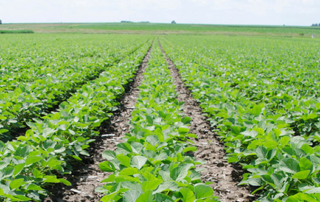
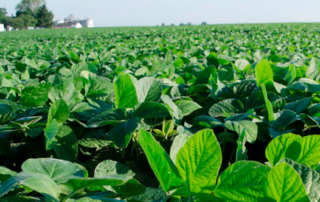
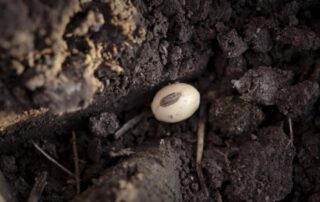


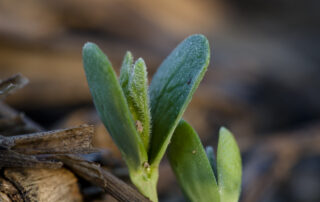
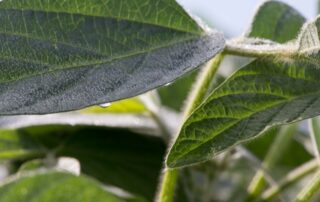
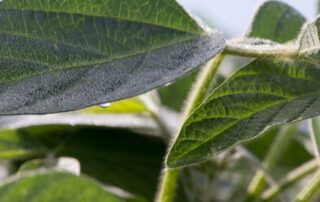
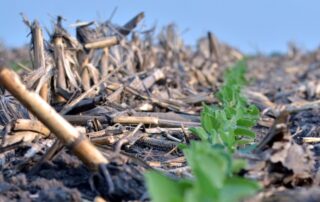
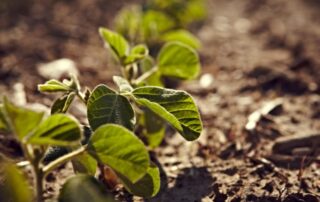

 and then
and then